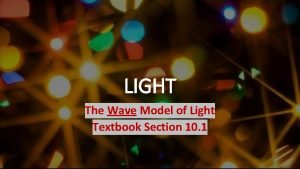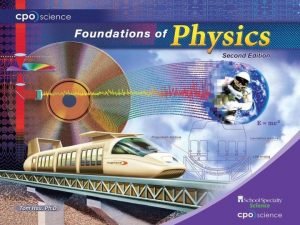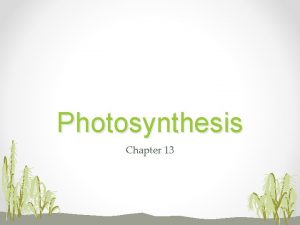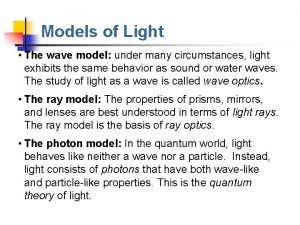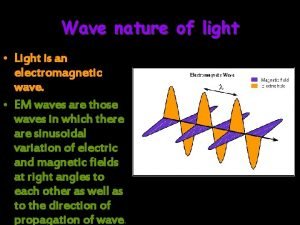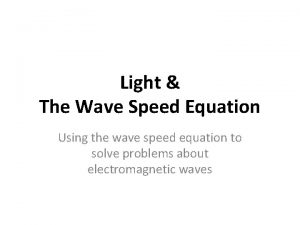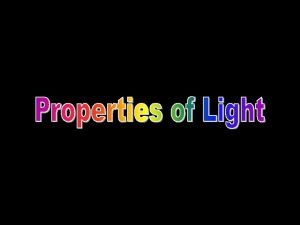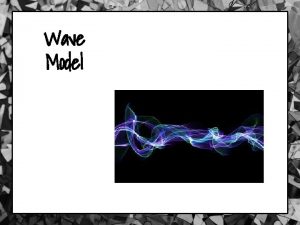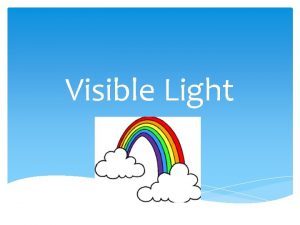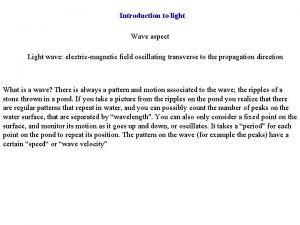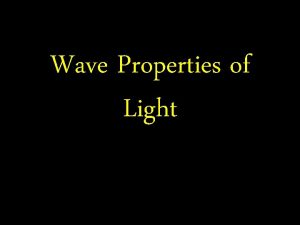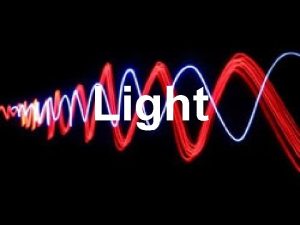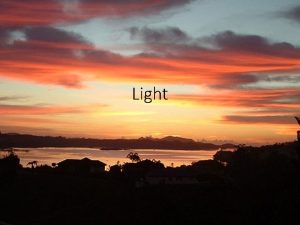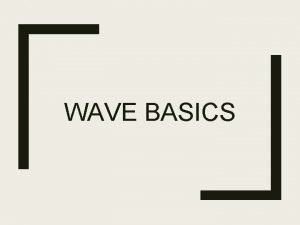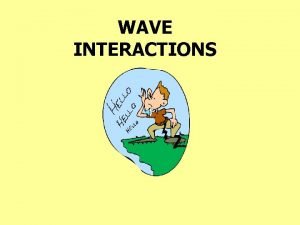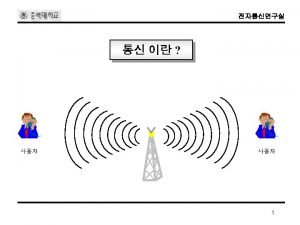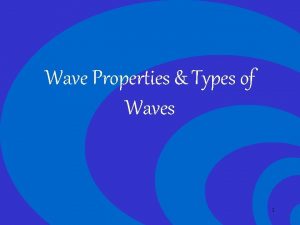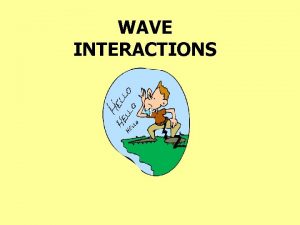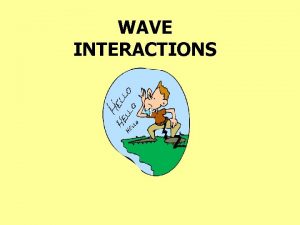Models of Light The wave model under many



























- Slides: 27

Models of Light • The wave model: under many circumstances, light exhibits the same behavior as sound or water waves. The study of light as a wave is called wave optics. • The ray model: The properties of prisms, mirrors, and lenses are best understood in terms of light rays. The ray model is the basis of ray optics. • The photon model: In the quantum world, light behaves like neither a wave nor a particle. Instead, light consists of photons that have both wave-like and particle-like properties. This is the quantum theory of light.

The Nature of Light • • When studying geometric optics, we used a ray model to describe the behavior of light. A wave model of light is necessary to describe phenomena such as: • • • interference diffraction A particle model of light is necessary to describe phenomena observed in modern physics, for example, the interaction between light and atoms. We’ll get back to this later. . . General Physics 2 Light as a Wave 2

Wave Nature of Light • Christian Huygens (16291695) • • • contemporary of Newton developed wave theory of light Huygen’s Principle • • Every point on a wave front can be considered as a source of tiny wavelets that spread out in the forward direction at the speed of the wave itself. The new wave front is the envelope of all the wavelets tangent to all of them General Physics 2 Light as a Wave 3

Huygen’s Principle General Physics 2 Light as a Wave 4

Diffraction • Huygen’s Principle is useful for understanding diffraction - the bending of waves behind obstacles into the shadow region General Physics 2 Light as a Wave 5

Interference • Thomas Young (1773 -1829) • • definitively (at least temporarily) demonstrates wave nature of light Young’s Double-Slit Experiment • • coherent light passes through 2 slits, S 1 and S 2 light from S 1 and S 2 then interferes and pattern of dark and light spots is observed on the screen General Physics 2 Light as a Wave 6

Interference • Constructive interference occurs when • • • Destructive interference occurs when • • d sin = m , m = 0, 1, 2, . . . m = order d sin = (m + 1/2) , m = 0, 1, 2, . . . Source must be coherent • waves at S 1 and S 2 are in-phase General Physics 2 Light as a Wave 7

what you see on the screen General Physics 2 Light as a Wave 8

Think-Pair-Share • Monochromatic light falling on two slits 0. 016 mm apart produces the fifth-order fringe at an 8. 8 degree angle. What is the wavelength of the light used? General Physics 2 Light as a Wave 9

Conceptual Question • • What happens to the interference pattern if the wavelength of light is increased from 500 nm to 700 nm? What happens instead if the wavelength stays at 500 nm but the slits are moved farther apart? General Physics 2 Light as a Wave 10

Pair Problem • Light of wavelength 680 nm falls on two slits and produces an interference pattern in which the fourth-order fringe is 38 mm from the central fringe on a screen 2. 0 m away. What is the separation of the two slits? (Hint: tan = for small angles, and angles must be in radians!) General Physics 2 Light as a Wave 11

Visible Spectrum General Physics 2 Light as a Wave 12

Dispersion (L) • • Index of refraction varies with wavelength of light As a result, white light is separated into component colors by a prism or by water (rainbow) General Physics 2 Light as a Wave 13

Dispersion & Rainbow (L) • • red is bent the least red light reaches observer’s eye from higher water droplets violet is bent the most violet light reaches observer’s eye from lower water droplets General Physics 2 Light as a Wave 14

Diffraction by a Disk • Diffracted light interferes constructively at center of shadow • requires a point source of monochromatic light (e. g. laser) General Physics 2 Light as a Wave 15

Circular-Aperture Diffraction Light of wavelength λ passes through a circular aperture of diameter D, and is then incident on a viewing screen a distance L behind the aperture, L>>D. The diffraction pattern has a circular central maximum, surrounded by a series of secondary bright fringes shaped like rings. The angle of the first minimum in the intensity is The width of the central maximum on the screen is


Diffraction by a Single Slit position of minima • D sin = m • m = 1, 2, 3, . . . for m=1, theta gives 1/2 width of central maximum General Physics 2 Motivation for making large diameter telescopes Light as a Wave 18

Diffraction Grating • • a large number of equally spaced parallel slits same relation as double-slit • • • d sin = m m = 0, 1, 2, . . . produces sharper and narrower interference patterns that double slit General Physics 2 Light as a Wave 19

Diffraction Grating • double slit versus diffraction grating General Physics 2 • for multi-wavelength light Light as a Wave 20

Emission Tubes • Element • Look at several emission tubes using diffraction gratings & sketch spectrum Foundation of spectroscopy, a technique used in numerous scientific applications General Physics 2 Light as a Wave 21

Measuring Indices of Refraction A Michelson interferometer can be used to measure indices of refraction of gases. A cell of thickness d is inserted into one arm of the cell. When the cell contains a vacuum, the number of wavelengths inside the cell is When the cell is filled with a specific gas, the number of wavelengths spanning the distance d is Filling the cell has increased the lower path by wavelengths. By counting fringe shifts as the cell is filled, one can determine n.


EXAMPLE 22. 9 Measuring the index of refraction QUESTION:

EXAMPLE 22. 9 Measuring the index of refraction

EXAMPLE 22. 9 Measuring the index of refraction

EXAMPLE 22. 9 Measuring the index of refraction
 Light light light chapter 23
Light light light chapter 23 Light light light chapter 22
Light light light chapter 22 Light light light chapter 22
Light light light chapter 22 Wave model
Wave model Modals and semimodals
Modals and semimodals Sound is a transverse wave true or false
Sound is a transverse wave true or false Long waves and short waves
Long waves and short waves Difference between full wave and half wave rectifier
Difference between full wave and half wave rectifier Compare and contrast transverse and longitudinal waves
Compare and contrast transverse and longitudinal waves Define half wave rectifier
Define half wave rectifier Full wave rectification circuit
Full wave rectification circuit P and s wave arrival time chart
P and s wave arrival time chart Rectified sine wave fourier series
Rectified sine wave fourier series A ____ is a repeating disturbance or movement that
A ____ is a repeating disturbance or movement that The nature of waves chapter 10 section 1
The nature of waves chapter 10 section 1 Even symmetry fourier series
Even symmetry fourier series Venn diagram of mechanical and electromagnetic waves
Venn diagram of mechanical and electromagnetic waves Examples of mechanical waves
Examples of mechanical waves Wavelength formula triangle
Wavelength formula triangle Udiction
Udiction Ceiling dusty with flies
Ceiling dusty with flies Unit 6 light doe
Unit 6 light doe Under the green light chapter 13
Under the green light chapter 13 Three models of light
Three models of light Fmcsa compass portal
Fmcsa compass portal Nature of light wave
Nature of light wave Wave speed equation practice problems
Wave speed equation practice problems Orbital notation for cl
Orbital notation for cl



